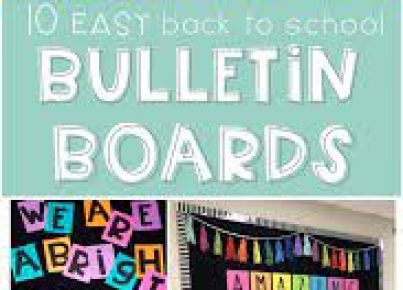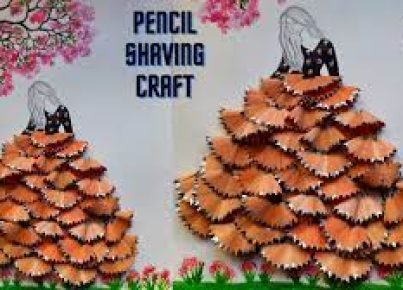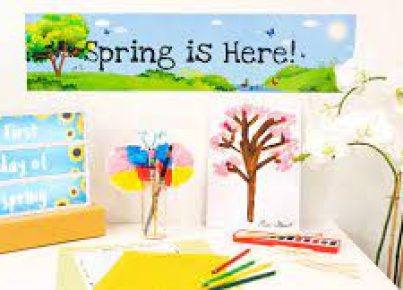1. Color mixing: Teach kids to mix primary colors to create secondary colors by using different colored playdough.
2. Alphabet imprints: Make letter-shaped stampers and let your child press them into the playdough to create alphabetical imprints.
3. Number recognition: Create numbers using playdough and help your child recognize and learn the correct sequence.
4. Shape experiences: Use cookie cutters to create different shapes and teach your child about them.
5. Storytime characters: Model playdough characters from their favorite stories, encouraging imaginative play.
6. Simple addition and subtraction: Use playdough balls to teach basic math concepts of addition and subtraction.
7. Playdough mazes: Create a maze on a flat surface with walls made from playdough for a marble or small toy to navigate through.
8. Texture exploration: Add various objects to the dough for children to explore textures, such as beads, buttons, or seeds.
9. Playdough jewelry: Make beads by rolling small balls of dough and stringing them together for a fun wearable creation.
10. Life cycle models: Teach kids about growth and life cycles by modeling plants or animals in various stages of development.
11. Measurement learning: Roll playdough into snakes of varying lengths for comparing, measuring, and ordering activities.
12. Letter formation practice: Encourage proper handwriting by molding playdough into letter shapes or tracing over them with their fingers.
13. Sensory letters: Create textured letters using various materials, let children trace over them for tactile learning experiences.
14. Fossil making: Press small toys or objects into the dough to make imprints simulating fossils – excavate and study them together!
15. Tactile numerals: Form numerals with diverse materials such as pipe cleaners or sticks, then press them into the playdough for a multisensory approach.
16. 3D sculptures: Encourage creativity and fine motor skills by having your child create unique sculptures based on their ideas or prompts.
17. Emotion faces: Make playdough faces expressing various emotions, serving as a conversation starter to discuss feelings.
18. Moon craters: Create a lunar landscape with playdough for children to explore the characteristics of the moon’s surface by pressing small rocks or toys into it.
19. Playdough puzzles: Cut large playdough shapes into smaller pieces for children to reassemble like puzzles, promoting problem-solving skills.
20. Pattern practice: Encourage pattern recognition by using objects to press patterns into the playdough or create patterns with various colors.
21. Playdough volcano: Create a volcano with playdough, add baking soda and vinegar for an explosive chemical reaction and learn about the science behind it!
22. Animal habitats: Use playdough to create environments – ocean, forest, desert – where your child can place animal figures in their natural settings.
23. Weather formations: Model different types of clouds or weather systems, developing knowledge about meteorology.
24. 3D topographic maps: Construct a landscape with elevated features like hills and valleys, teaching elements of geography and mapping.
25. Seasonal exploring: Make seasonal themed decorations or scenes with relevant colors and objects, building awareness of seasonal changes and events in nature.





